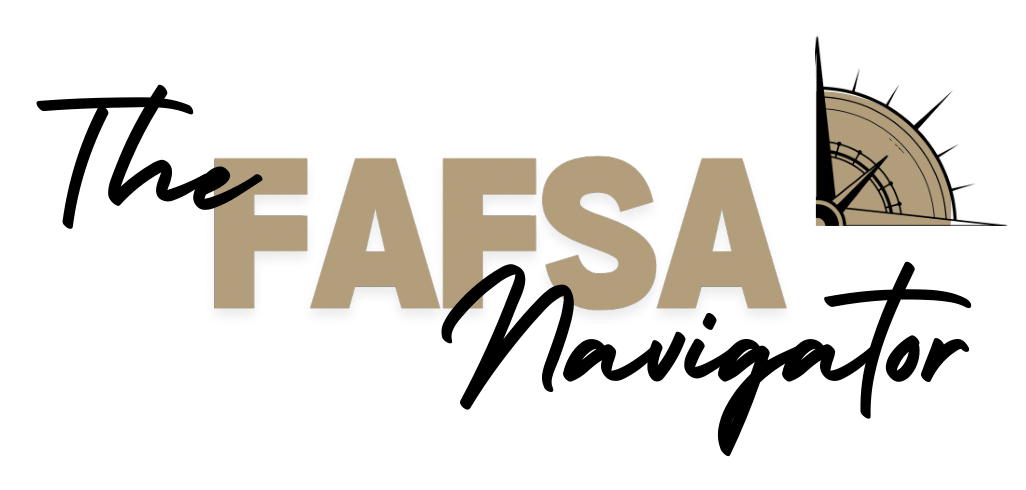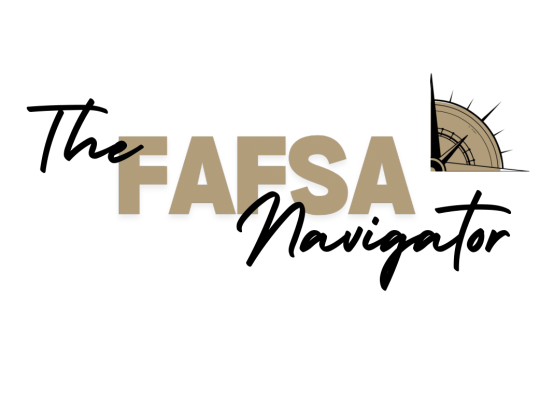We are at the time of year where most schools have processed your financial aid application and given you an offer. Now you have a financial aid award letter in your hand, but what does it all mean? Don’t worry, this isn’t a secret decoder ring situation. Let’s break down the key components of a financial aid statement and turn it from cryptic message to clear financial roadmap.
The Big Picture: Cost of Attendance (COA)
This number represents the estimated total cost for one year of college, including tuition and fees, room and board, books and supplies, transportation, and even personal expenses. It’s essentially a starting point to understand how much you’ll need to cover your college experience.
Your Financial Aid Package: Breaking Down the Breakdown
This section details the types and amounts of financial aid you’re eligible for. Here’s where you’ll see the magic of grants, scholarships, work-study, and loans:
- Grants & Scholarships (Free Money!): These are need-based or merit-based awards you typically don’t have to repay. Federal Pell Grants are a common need-based example, while academic scholarships might reward high grades or specific talents.
- Work-study: This program lets you earn money through part-time on-campus or community service jobs. The award amount reflects your estimated earnings for the year.
Loan Types: Be aware, loans require repayment with interest. Here’s a crucial distinction:
- Subsidized Loans: The government pays the interest while you’re in school at least half-time, during deferment periods (when repayment is temporarily postponed), and during your grace period (after graduation). This saves you money! You must demonstrate financial need to qualify.
- Unsubsidized Loans: Interest accrues from the moment the loan is disbursed (when you receive the funds), even while you’re in school. You’re responsible for paying the interest or allowing it to capitalize (add to the loan principal), increasing your overall repayment amount. There’s no financial need requirement for unsubsidized loans.
Net Price: Your Key Takeaway
This all-important number is the cost of attendance minus all your financial aid (grants, scholarships, work-study & loans). But don’t be fooled, if you are taking out loans it does not include that. It represents the amount you’ll still be responsible for after financial aid is applied but does not include future payments you might have to make to pay back student loans.
Getting Help: Don’t be shy! Reach out to the financial aid office at your colleges for clarification and to explore their specific aid programs. The Federal Student Aid website is also a valuable resource Federal Student Aid (.gov). And if you are looking for specialized advice, sign up for a 20 minute consultation to go over your specific needs.
By understanding the details in your financial aid statement, you can make informed decisions about financing your college education. Remember, knowledge is power, so ask questions and explore your options!


